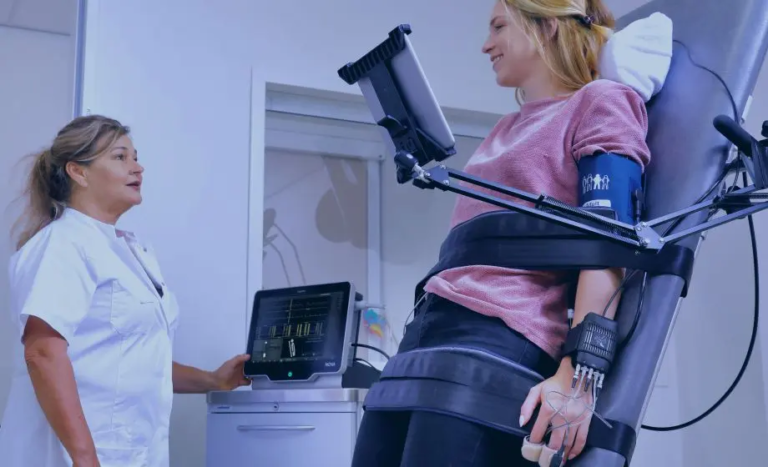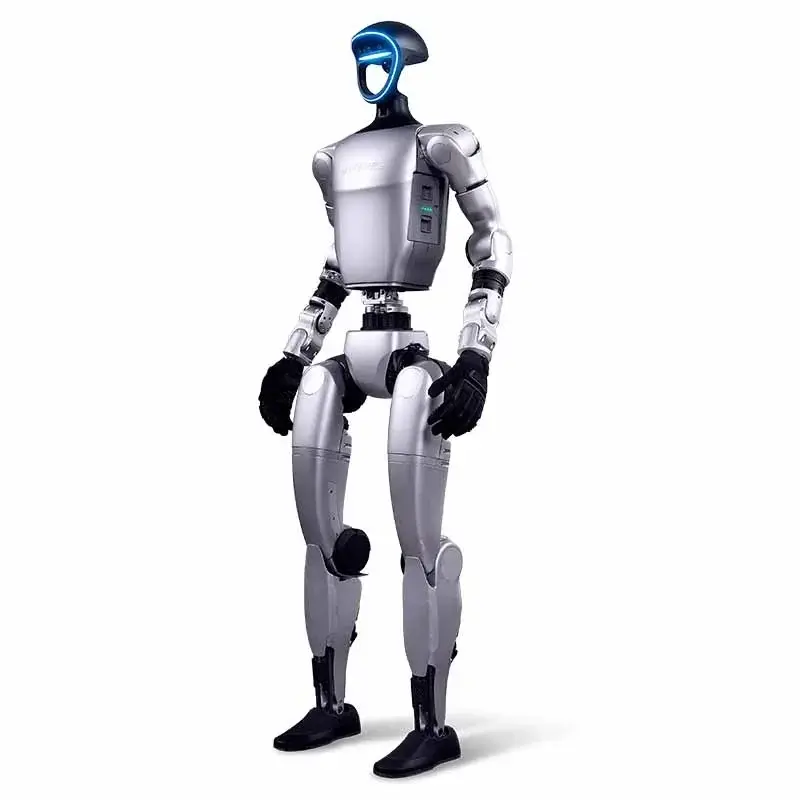The Art and Science of CNC Shearing: Power and Precision in Metal Fabrication
In metal manufacturing where precision and efficiency are crucial, CNC shearing stands out as a key process. It’s more than just cutting metal; it’s an art form that combines raw power with sophisticated control to create accurate and consistent components for a variety of applications. Let’s take a deep dive into the world of CNC shearing and explore its mechanisms, benefits and the critical role it plays in modern manufacturing.
Essentially, CNC shearing is a cutting process that utilizes powerful blades to cut sheet metal with extreme precision. What sets CNC shearing apart from traditional methods is its computer numerical control (CNC) system. This sophisticated system accurately programs and executes cutting paths, ensuring minimal material waste and consistent results across large-scale production runs.
How CNC shearing works: a symphony of strength and skill
The CNC shearing process involves several key components that work in perfect harmony:
- Shearing machine: This sturdy machine forms the heart of the operation. It is equipped with upper and lower blades, material clamping system and back gauge.
- Upper blade: Usually at an angle, the upper blade is lowered onto the metal plate with great force. This angled design promotes clean cuts by focusing shear forces at specific points, minimizing distortion.
- Lower blade: As a fixed counterpart to the upper blade, the lower blade provides a stable platform on which metal can be sheared.
- Back rules: This critical component precisely positions the sheet metal for each cut. A CNC system controls the movement of the back gauge, ensuring precise cutting length and width.
- CNC controller: As the brains of the operation, the CNC controller interprets programming instructions and directs the movement of the backgauge and operation of the blades.
The process begins with an operator loading metal sheets onto the machine’s table. A carefully designed CNC program is then launched to optimize material usage and cutting accuracy. The backgauge moves to the designated position, ensuring that the metal plates are properly aligned. A clamping system holds the sheet securely in place to prevent movement during shearing. Finally, the upper blade lowers, creating a clean and precise cut. Repeat this process until all programmed cuts are completed.
Advantages of CNC shearing machine: better than other shearing machines
CNC shearing offers many significant advantages over traditional shearing methods, making it the first choice for many metal fabrication projects. These advantages include:
- Unparalleled precision: The CNC system guarantees consistent and accurate cuts, eliminating the errors inherent in manual shearing. This accuracy is critical for applications requiring tight tolerances.
- Improve efficiency: CNC shearing significantly reduces production time compared to manual methods. Automated processes enable continuous operations and faster throughput.
- Reduce material waste: The precise control provided by CNC shearing optimizes material usage, minimizes scrap and reduces overall costs.
- Complex shapes and patterns: While traditionally used for straight cuts, modern CNC shears can be programmed to create more complex shapes and patterns, extending their versatility.
- Enhanced security: The automated nature of CNC shearing reduces the risk of operator injury and creates a safer working environment.
- Repeatability: Once a program is created and tested, it can be reused to produce the same parts, ensuring consistency across large-scale production runs.
Cross-industry applications: Shaping the modern world
The versatility of CNC shearing makes it an indispensable process in many industries:
- car: Create body panels, brackets and other components.
- aerospace: Manufacture high-precision structural parts and internal components.
- put up: Produces metal roofing, cladding and structural supports.
- Electronic products: Manufactures housings, panels and chassis for electronic equipment.
- Home appliance manufacturing: Makes casings and components for refrigerators, washing machines and other appliances.
- Furniture manufacturing: Production of metal frames, legs and decorative elements.
Why choose GreatLight for your CNC machining needs?
At GreatLight, we understand the critical role precision and efficiency play in metal fabrication. As a professional five-axis CNC machining manufacturer, we utilize advanced five-axis CNC machining equipment and production technology to solve your metal part manufacturing challenges. We offer comprehensive CNC shearing services as well as full CNC machining capabilities.
Our expertise goes beyond cutting; we offer one-stop post-processing and finishing services to ensure your parts meet your exact specifications. We can customize and process a variety of materials quickly and efficiently. When it comes to custom precision machining, GreatLight is your first choice.
Conclusion: The future of metal cutting is here
CNC shearing represents a major advancement in metal fabrication technology. Its precision, efficiency and versatility make it an indispensable process in many industries. As technology continues to evolve, we can expect to see further advancements in CNC shearing technology, resulting in greater precision, efficiency, and versatility. By adopting these advancements, manufacturers can unlock new possibilities for innovation and efficiency in their operations.
Frequently Asked Questions (FAQ)
Q: What types of materials can CNC shearing machines cut?
Answer: CNC shearing is suitable for a variety of metals, including steel (mild steel, stainless steel and alloys), aluminum, brass, copper, etc. Proper machine settings and blade selection will depend on the specific material being cut.
Q: What is the maximum thickness of metal that the CNC shearing machine can cut?
A: The maximum thickness depends on the capacity of the machine and the material being cut. Typically, CNC shears can handle materials ranging from thin-gauge sheets to 1 inch or more thick.
Q: What is the difference between CNC shearing and laser cutting?
A: CNC shearing uses a mechanical blade to cut metal, while laser cutting uses a focused laser beam. CNC shearing is generally faster and more cost-effective for straight cuts and mass production, while laser cutting offers greater flexibility for complex shapes and intricate details. Laser cutting also has a smaller heat affected zone.
Q: How accurate is the CNC shearing machine?
A: CNC cuts can achieve an accuracy of +/- 0.005 inches (0.13 mm) or better, depending on the capabilities of the machine and the material being cut.
Q: What is the typical lead time for CNC shearing projects?
A: Delivery times vary based on project complexity, part quantity and material availability. Contact GreatLight for a personalized quote and delivery time estimate.
Q: What types of files are needed for CNC shearing machines?
Answer: CNC shearing machines usually accept CAD files in DXF, DWG or STEP formats. Our engineers can work with you to ensure your files are formatted correctly for efficient, accurate cutting.
Q: In addition to CNC cutting, does GreatLight offer other services?
A: Yes, we offer comprehensive CNC machining services, including milling, turning, drilling, and five-axis machining capabilities. In addition, we offer one-stop post-processing and finishing services to ensure your parts meet your exact specifications.










































